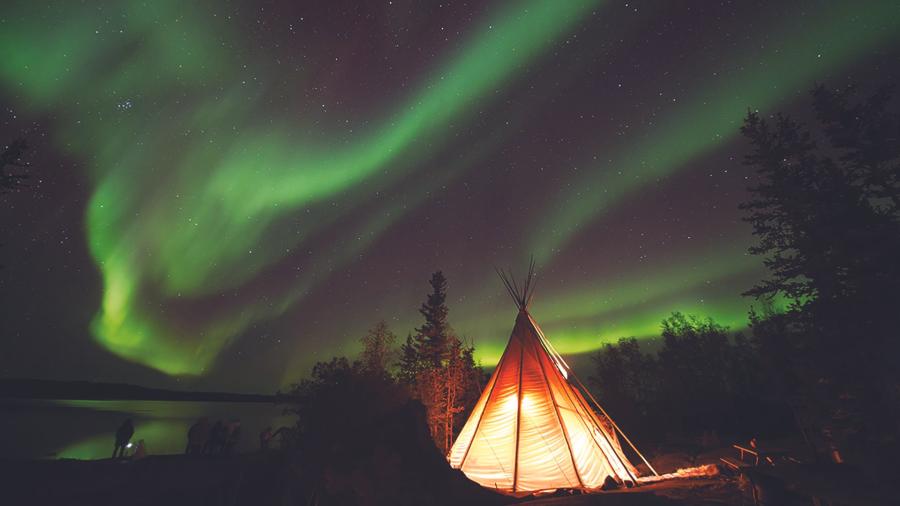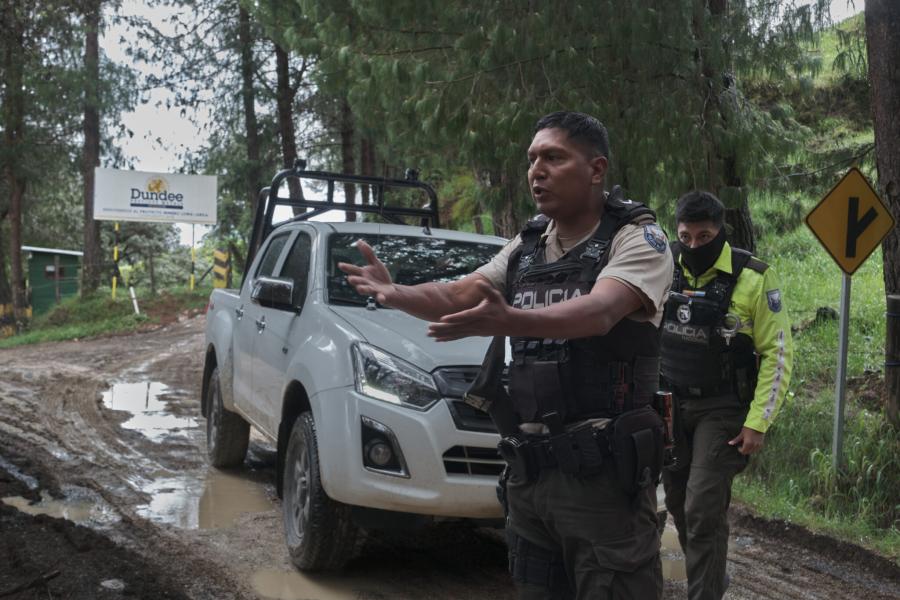A film by Catherine Mullins
76 Minutes, 2007 | English and Innu versions | Distributed by Documentary Educational Resources
Being Innu should be required viewing in every school in North America. Better than almost any other film it depicts the reality that Native peoples live under in many places and the devastating consequences of cultural hegemony, and it does it in a way that is compelling and very personal. The film follows the people of an Innu community, Sheshatshiu, in Labrador, over the course of a few months. Like far too many Native communities, the people of Sheshatshiu face alcoholism, drug addiction, and rampant suicide. But most of all they face cultural nihilism and almost absolute hopelessness.
Most Native groups in North America faced cultural and physical displacement during the 1800s, and have been coping with the aftermath since then. But the Innu were a very different case. Nomadic caribou hunters, they were largely left alone by the provincial government until Newfoundland and Labrador joined confederation with the rest of Canada in 1949. At that point the federal government got very involved with the Innu, forcing their children to attend schools and the parents to settle in villages. At the same time, development of Innu trapping and hunting lands robbed them of much of their traditional food sources. The federal government also created the Goose Bay military base near Sheshatsiu, cutting off even more land and removing even more hunting and trapping resources.
In the space of a generation, the entire traditional Innu cultural framework vanished. The people became wards of the state, entirely dependent on government handouts, without jobs, without purpose, without options. And that reality is unflinchingly reflected in Being Innu. The ground is littered with trash everywhere, most of the adults are seen with beer in their hands and, most shockingly of all, most of the children are seen getting high by sucking on black plastic bags filled with gasoline. One young teenager, April, a 16-year-old who is followed through the film, doesn’t even lower the bag long enough to answer questions; she just speaks with the plastic around her mouth, inhaling the fumes between words. In one scene, a group of six or seven teenagers are standing next to a house, all sniffing gas and staggering.
The most alarming aspect of life in Sheshatshiu is the suicide rate, which is 13 times the Canadian average. In a village of 1,400 people, the film tells us, at least one person a month tries to commit suicide. And don’t be misled by the “tried” qualifier: this is not the suburban teen’s cry-for-help half-hearted attempt. Most suicides here are successful, and the ones who fail only do so out of chance, not from lack of intention. In fact, during the course of the filming April, the girl who was gas sniffing so intently, tried to hang herself and failed only because a relative happened to go down to the basement at that time and discovered her hanging but still alive. She says that both the sniffing gas and the suicide attempt happened because she is so lonely—her father and brother both took their own lives in the previous year. Almost one-third of this small village’s people have killed themselves, or tried.
Remarkably, despite the dire nature of the subject matter, the film is involving rather than off-putting, letting us get to know individuals as people and following their stories. The film’s intimacy and the people’s remarkable openness draw you in. To be sure, you will find yourself emotionally, morally, and culturally challenged to an extreme degree, but you will not want to turn away. Most of all, the film will force you to consider the difficulties of changing this situation, and for that alone, it is uniquely valuable. As Innu leader Penote “Ben” Michel says in the film’s closing, “We can’t live in the history books. What we can do is move forward and hope that what we can achieve can be achieved rightfully.”
Mark Cherrington is the editor of Cultural Survival Quarterly. For more information on Being Innu, go to www.der.org.



